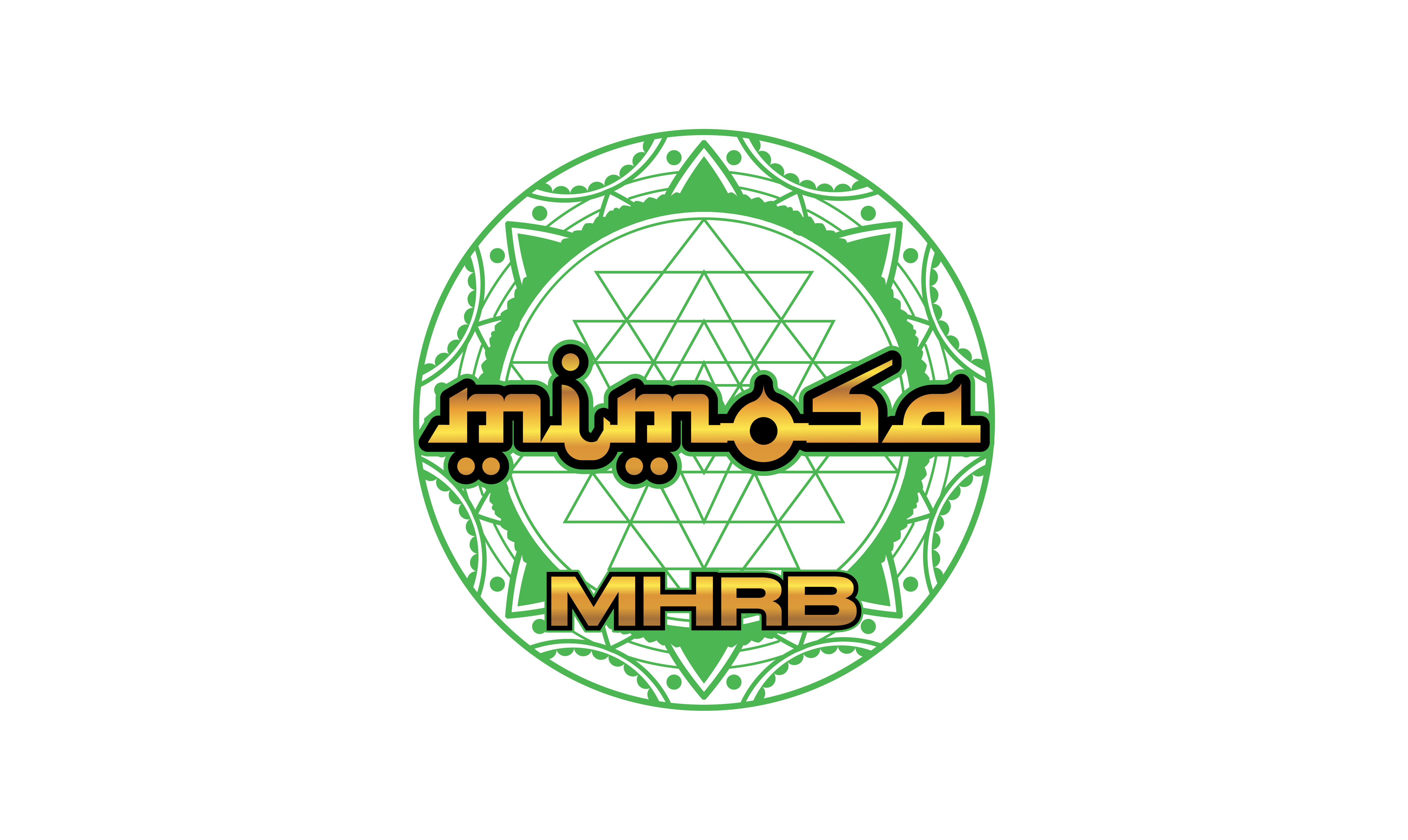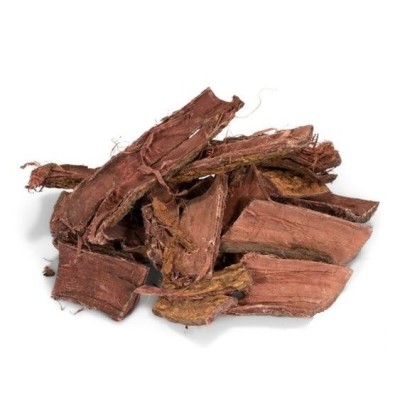Mimosa Hostilis Root Bark
✔️ Highest quality and lowest price.
✔️ Sustainable Harvest.
✔️ Premium quality raw Mimosa Hostilis Root Bark from Brazil.
✔️ Our product is laboratory tested and carefully sourced for its highest quality.
 Security Policy
Security Policy
Data protection ensured. Collect necessary order info. SSL encryption used. No third-party sharing.
 Shipping Policy
Shipping Policy
Costs by location. Ship in 1-2 days. Standard, express. Email confirmation. International shipping.
 Return Policy
Return Policy
14-day return, unused. Refund in 5-7 days. Return costs on customer. No returns on custom items.
Pure Mimosa Hostilis Root Bark - MHRB
(Jurema Preta, Mimosa Tenuiflora).
(natural dye, terrarium bedding and botanical specimen of ethnographic value)
✔️ Highest quality & lowest price
✔️ Sustainable Harvested
✔️ Superior quality unprocessed Mimosa Hostilis from Brazil
✔️ Our Mimosa Hostilis Bark is lab tested and carefully sourced for its highest quality
What is Mimosa Hostilis?
Mimosa Hostilis is an ancient tree locally known as Jurema, Jurema Preta, Black Jurema or Vinho de Jurema that can be found from the southern mountains of Mexico to the tropical rainforests of Brazil. It can grow between eight to ten meters tall, and is characterized by its reddish-brown Bark and short, rigid thorns.
It produces a spike of white-yellowish color in the form of a tubular flower. The Mimosa Hostilis inner Root Bark is the most desired part of the plant, known by different tribes, for its many properties.
Usually, the Bark and roots of this tree are used, and they have many different uses, as we will explain now.
Among the benefits of this extraordinary root are:
Accelerates tissue recovery.
Ideal for treating skin wounds, infections, or inflammation.
Helps heal wounds quickly.
Heals burns from fire or excessive sun exposure.
Natural Dye, as it produces a rich, deep pink/purple color in natural garments/fabrics, such as cotton and wool. It can also be used as Wood Dye.
(There will be a guide beneath, if you would like some instructions of the process of transforming it from Bark into natural dye).
Although the term Mimosa Hostilis is still used quite often, the newer scientific term Mimosa Tenuiflora is also used to describe this Root Bark.
The Jurema Preta that we offer is imported directly from a sustainable farm in Brazil, by caring farmers, who don't employ pesticides or chemical fertilizers, making it effectively organic.
We import new loads arrive every month, so you can be sure that the product is of high quality, always fresh and with a considerable price, as we also import big quantities for wholesale buyers in all Europe/US.
Step-by-Step Guide: Making Dye from Mimosa Hostilis Bark
Using natural products to color garments/fabrics is an ancient technique that has been displaced by all the advances that have been achieved during the development of chemistry and technology.
However, the use of naturally sourced paints is gaining new momentum again, as natural dyes are a good option, because they do not pose a health risk, their use is not limited, and they have the condition of being magnificent.
Unlike chemical based inks that use toxic products that can affect the body, either due to the insecurity, or they generate or adverse effects, such as allergies.
There are many other minerals, animals, and plants from which dyes also can be extracted, but one of the most used, is the Mimosa Hostilis plant, known and famous for its powerful ability to dye garments/fabrics a purple color, which has made it a very important component in the textile industry.
That’s why we will now show you our natural dye instructions.
How to make dye from Mimosa Hostilis Bark:
Mimosa Hostilis has a high content of tannins and flavonoids, which are chemical components capable of releasing alkaloids, carbohydrates, enzymes, and proteins, elements that have traditionally been used to paint garments/fabrics and hides. Tannins are known as a vegetable astringent.
From Mimosa Hostilis, the dry and colorful Bark is used for the dyeing process, which produces a color between red and brown. To take advantage of the plant, the Bark must be crushed until very thin sawdust is obtained. Depending on the amount used, the type of fiber, and the mordant, which is a product that is used to adheres the color to the garments/fabrics, but also make the dye into different shades, if wanted. Mimosa Hostilis can be used both as a paint and as a fixative.
Making dyes with Mimosa Hostilis is quite simple, we just need to follow the procedure and materials needed:
- 250 milliliters of vinegar
- 750 milliliters of distilled water
- 1 plastic container or bucket
- 1 pot
- mordant of your choice
- 500 grams of Mimosa Hostilis Bark Powder
Mimosa Hostilis Bark in Powder form can be made by following these steps:
Put the Mimosa Hostilis Bark in small pieces into a container with hot water, stirring constantly until the water changes color.
Then strain the infusion and dry it at high temperature to obtain the Powder.
Procedure:
Mix the water with the vinegar in the plastic container.
Add the Mimosa Hostilis Bark Powder to the pot and pour the water and vinegar mixture over it.
Cook over low heat for thirty minutes to one hour.
Strain the mixture and let it cool.
To dye the garments/fabrics, we must follow these steps:
Wash the piece to remove dirt and allow it to better absorb the dye.
Pass the piece through the chosen mordant, which means soaking the piece for thirty to sixty minutes in hot water with enough mordant to cover it.
Remove the garments/fabrics from the mordant and squeeze it to remove excess moisture.
Place in a container the final Mimosa Hostilis liquid in enough quantity to cover the piece and then let it soak for at least twelve hours.
After this time, heat it over low heat, at a temperature of approximately 80º for one to two hours, depending on the desired color intensity.
After the required time, remove it from the heat and let it cool.
Finally, rinse thoroughly with warm water until the water runs clear, then rinse with cold water and hang the painted garments/fabrics in the shade to dry.
The Herb here is strictly offered as a natural dye, terrarium bedding and botanical specimen of ethnographic value.
Not for consumption. Consult the disclaimer before you order.
This product has not been approved by the FDA for consumption or health benefits.
No customer reviews for the moment.




